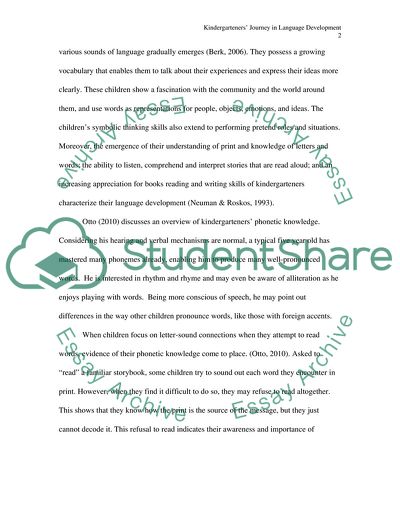Cite this document
(Kindergartners Journey in Language Development Literature review, n.d.)
Kindergartners Journey in Language Development Literature review. Retrieved from https://studentshare.org/education/1734030-language-development-in-children
Kindergartners Journey in Language Development Literature review. Retrieved from https://studentshare.org/education/1734030-language-development-in-children
(Kindergartners Journey in Language Development Literature Review)
Kindergartners Journey in Language Development Literature Review. https://studentshare.org/education/1734030-language-development-in-children.
Kindergartners Journey in Language Development Literature Review. https://studentshare.org/education/1734030-language-development-in-children.
“Kindergartners Journey in Language Development Literature Review”, n.d. https://studentshare.org/education/1734030-language-development-in-children.


